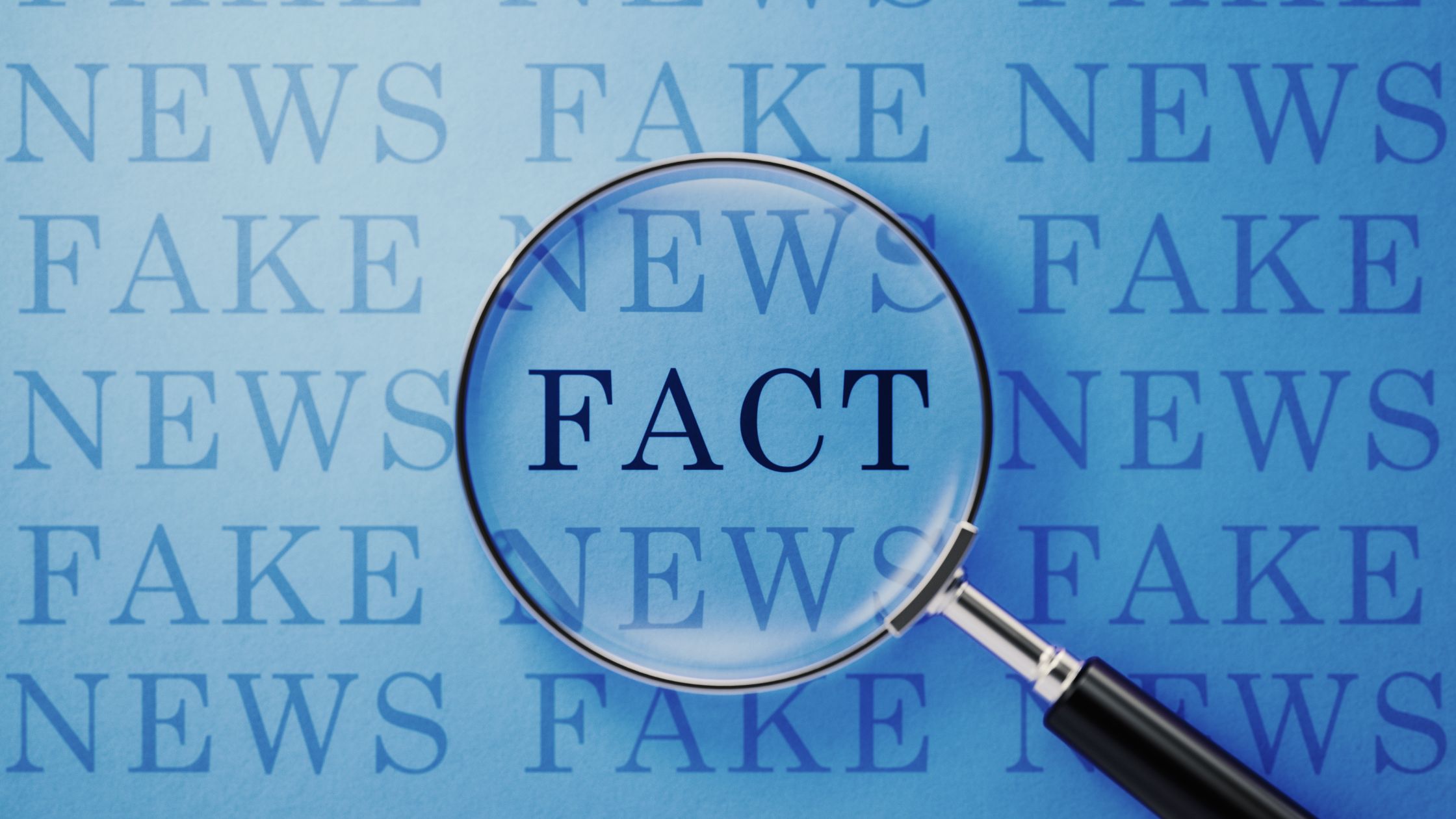Fake news is a term that has always bothered me. It’s an oxymoron that is being used too often to describe information. According to PNAS, between January 2017 and April 2021 academic journals published more than 5,000 English language articles with the words “fake news” in the title. Prior to 2017 fewer than 100 existed. I’ve always wondered why fake stories and misinformation are so effective and pervasive. I learned some interesting ways to think about it at last week’s Boston Globe Summit discussion “Preserving Democracy Amid Fake News.” moderated by Vanity Fair special correspondent Brian Stelter.
One reason fake news works is that as social media rose in popularity, it changed the metric by which stories are valued. The current currency is clicks, likes, and shares. “In 2016 the makers of websites learned that people love political news, they can say anything, and people will click on it,” said Joan Donovan, Assistant Professor of Journalism and Emerging Media Studies at Boston University. “Misinformation that is outrageous scales much further and goes much faster than the truth.” I hate to admit I am guilty of this. I catch myself saying to my husband as I read articles on the internet “Did you hear what Trump said?” more often than I point out more important things like a new medical breakthrough or a piece of legislation that could impact our lives.
Another issue are the dueling narratives people and outlets at different ends of the political spectrum are presenting about the same topic, such as COVID vaccines. “We’ve almost given up on the fact that there is some consensus reality or truth out there and that we should be looking for it and that is a scary thing,” said Amy Brand, PhD, Director, and Publisher of the MIT Press. “We need to ensure that we are not taking our eyes off truth and are elevating factual, quality information.” To encourage this, Brand recommends media literacy be taught in schools and news consumers be critical thinkers.
There is also a hunger for content creation that Donovan said has turned people from consumers into what she calls pro-sumers. “Imagine thinking, I’ve got to do this for Instagram, and I’ve got to hit TikTok, and I’ve got to make sure the algorithm is right for YouTube,” Donovan added. “That production aspect has revolutionized how we share and think about our lives.” It used to be that the only people sharing information with large audiences were reputable news outlets with reporters being held to standards of truth. Now anyone with a phone and an X account can share information with the potential to reach millions of people without being fact checked first. Also, it is all too easy for someone to create a fake account pretending to be a real person, a danger that is only growing with the rise of AI and deepfakes that manipulate the digital recording of a person’s voice to make it sound like they are saying something they didn’t say.
These questions are disturbing and there are no easy answers, but it is important to talk about them. We need to monitor our news consumption. Stay away from salacious headlines designed to inflame and outrage, be vigilant about the veracity of articles, question the legitimacy of authors, and only share news that comes from a reputable source. Judge an article by its importance, not just by whether it is interesting. Support local and independent news outlets, so all communities have access to important information. Demand that politicians find ways to regulate social media companies and artificial intelligence before both become too powerful to control. Only by holding ourselves and each other accountable can we reduce the impact of fake news.


